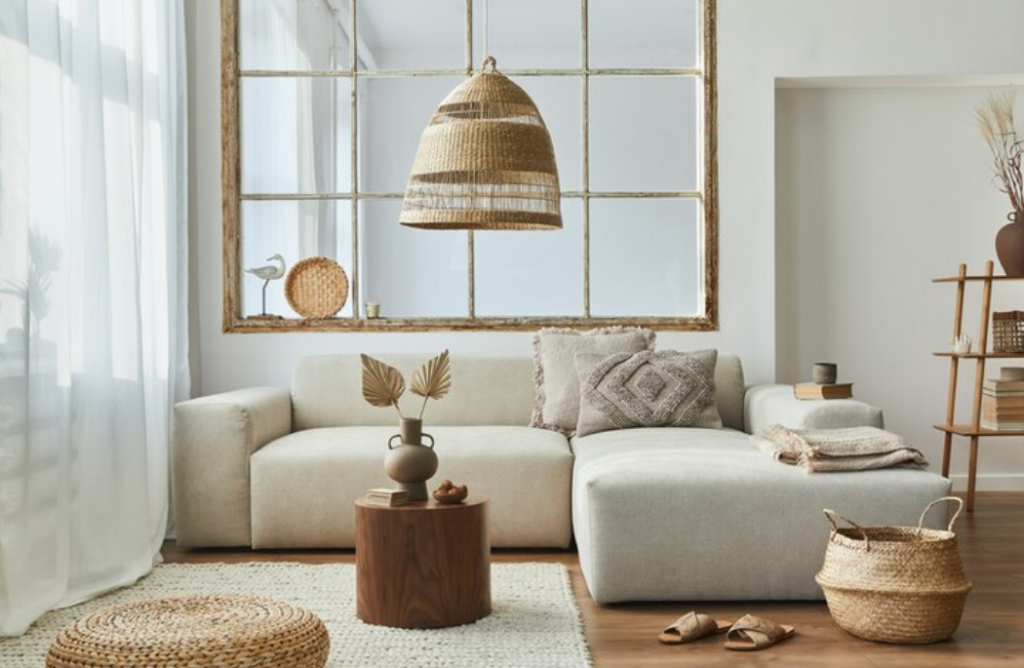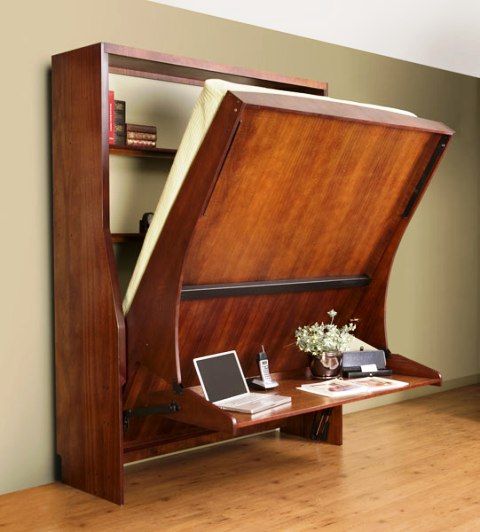
Essential Tips For Decorating Small Living Areas
Making Every Inch Count in Small Living Spaces
Decorating a small living space presents a unique set of challenges, requiring a thoughtful approach to maximise both style and functionality. Many homeowners and apartment dwellers alike often grapple with making the most out of limited square footage. However, these compact areas hold immense potential to transform into cosy, efficient, and fashion-forward environments. With the right design strategies, small living spaces can become inviting retreats that cater to daily needs while reflecting personal style, proving that less really can be more.

Multi-Functional Furniture: Small Living Space Heroes

One of the keys to successfully decorating a small living area is to invest in multi-functional furniture. These versatile pieces serve dual purposes, reducing clutter by eliminating the need for additional items that occupy precious space. Ottomans with built-in storage offer a perfect spot to tuck away blankets, books, or electronic accessories, keeping the living area tidy. Nesting tables, another excellent choice, can be compactly stored and then expanded to provide extra surface space when entertaining guests. Selecting these smart furniture solutions allows for a more organised and spacious-feeling living area.
Hidden Storage Opportunities in Small Living Spaces
Effective storage solutions are paramount in small living spaces, where maximising every inch of space is essential. Utilising vertical space is a strategic way to increase storage without compromising floor area. Installing shelves or wall-mounted units provides ample room for displaying decor or organising everyday items, drawing the eye upward and making the room feel larger. For items that are less aesthetically pleasing but still necessary, hidden storage solutions come into play. Bins tucked neatly under the sofa or built-in cabinets can conceal a multitude of sins, from out-of-season clothing to children’s toys. By thoughtfully integrating these storage solutions, small living spaces can remain clutter-free and functional, making everyday living simpler and more enjoyable.

Choosing the Right Colour Palette
The choice of colour palette plays a crucial role in influencing the perception of space within small living areas. Light colours are inherently reflective, making walls appear to recede and thereby creating a sense of more space. Soft shades of blues, greens, and neutrals can significantly enhance the brightness and airiness of a room. To add depth and interest without sacrificing the open feel, incorporate accent colours through accessories, like cushions, rugs, or art. Textures also play a part; they can add dimension and warmth to a room, making it feel inviting. By thoughtfully combining light hues with strategic pops of colour and texture, small spaces can be transformed into stylish and seemingly more spacious environments.

Strategic Use of Mirrors and Lighting
Mirrors are an invaluable tool in the design of small living spaces, with the power to visually expand a room. By reflecting light and views, mirrors trick the eye into perceiving more space. Placing a large mirror on one wall or arranging a group of smaller mirrors can significantly amplify the sense of openness. Lighting, too, is essential in enhancing the feeling of space. A well-lit room feels larger and more welcoming. Incorporate a mix of ambient lighting for overall illumination, task lighting for specific activities, and accent lighting to highlight architectural features or artwork. This layered approach not only optimises the functionality of the space but also creates a warm, atmospheric environment.

Choosing Furniture and Decor with Scale
When furnishing small living areas, it’s important to consider the scale of furniture and decor relative to the size of the space. Oversized sofas or bulky coffee tables can overwhelm a room, making it feel cramped. Instead, opt for pieces that fit comfortably within the room’s dimensions, leaving enough clearance for easy movement. Similarly, while decorating, be mindful of not overcrowding surfaces with too many small items, which can create a cluttered look. Choose a few statement pieces that draw the eye and complement the room’s scale. By carefully selecting furniture and decor that suits the size of the living area, you can create a balanced, harmonious space that feels both stylish and spacious.

Incorporating Vertical Lines and Clear Surfaces
Incorporating vertical lines in your decor and furniture choices is a strategic way to enhance the perception of height in a small living area. Elements such as tall bookcases, vertical shiplap, or artwork arranged vertically can effectively draw the eye upward, making the ceilings appear higher and the room larger. Moreover, maintaining clear surfaces is key to preserving an uncluttered and open feel within the space. Opt for minimalistic decor on tables and shelves, and use smart storage solutions to keep everyday items out of sight. This approach not only maximises the visual space but also creates a more serene and inviting environment.

Creating a Focal Point in Small Living Space
Establishing a focal point in a small living area is crucial for anchoring the space and drawing attention away from its size. A focal point can be anything that captures interest and sets the tone for the room’s decor, such as a piece of bold artwork, a vibrant feature wall, or a uniquely designed piece of furniture. Once you’ve chosen your focal point, arrange other elements in the room to complement and enhance it, ensuring that it commands attention while harmonising with the overall design. This technique not only adds character and depth to your living area but also creates a structured and cohesive look.

Flexible and Convertible Layouts
Embracing a flexible and convertible layout is particularly beneficial in small living spaces, where versatility and adaptability are key to maximising functionality. Opting for convertible furniture pieces, such as fold-down desks, extendable dining tables, or modular sofas, allows you to alter the space according to your current needs, whether you’re hosting guests, working from home, or simply relaxing. These pieces can be easily rearranged, expanded, or compacted, providing multiple uses within a single footprint. By investing in furniture that can serve various purposes and adapt to different occasions, you significantly enhance the usability and flexibility of your small living area, making it suited for a wide range of activities and lifestyles.

Unique Charm of Small Living Space
Decorating small living spaces comes with its own set of challenges, but as we’ve explored, it also presents a unique opportunity to get creative with your decor choices. From selecting multi-functional furniture and optimising storage solutions to choosing the right colour palette and strategically accessorising, there are numerous ways to make a small living area both stylish and functional. Remember, the goal is to create a space that feels open, comfortable, and reflective of your taste. Embrace the potential of your small living space by viewing its size as an advantage for a cosy and intimate design rather than a limitation. With the right approach and a bit of creativity, even the smallest living areas can become a cherished part of your home, full of style and function.

Frequently Asked Questions
nTo decorate a small and simple living room, focus on using multifunctional furniture, light colours to enhance the sense of space, and strategic placement of mirrors to reflect light. Choose a minimalist approach with a few statement pieces to avoid clutter, and incorporate storage solutions that keep items out of sight but easily accessible.n
nMake a dull living room more exciting by adding layers of texture through rugs, throw pillows and blankets. Introduce bold artwork, dynamic patterns, and vibrant colours through accessories. Experiment with unique lighting fixtures to add warmth and depth to the space.n
nDecorate your home simply by focusing on a few key elements: quality over quantity, a cohesive colour scheme, and personal touches that reflect your style. Use plants to add life and freshness, arrange books and candles for cozy vignettes, and choose wall art that makes a statement.n
nStyling a long, narrow living room involves dividing the space into functional zones—such as a seating area and a work or dining area—to break up the length. Use rugs to define these zones and consider a linear arrangement of furniture that allows for easy passage. Mirrors can help widen the space visually, and lighting should be distributed to eliminate dark corners.n
nWhen decorating a living room with limited wall space, focus on vertical storage solutions like tall shelving units or hanging shelves. Consider multifunctional furniture with built-in storage to minimize the need for additional pieces. Use mirrors to create the illusion of more space and choose furniture that can float in the middle of the room, freeing up valuable wall space for essential items or artwork.n
